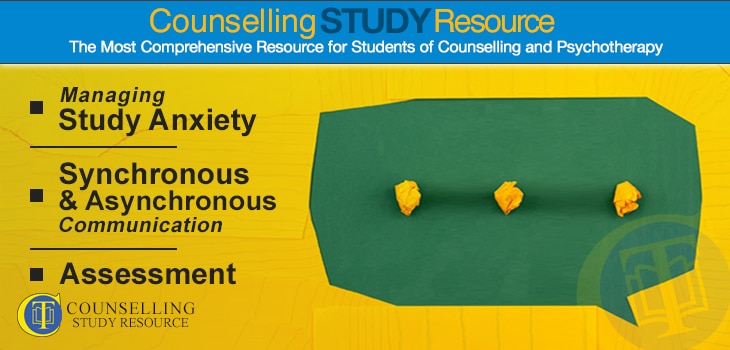Synchronous and Asynchronous Communication in Counselling (starts at 16.45 mins)
The digital revolution in the world of counselling and psychotherapy offers a range of ways of communicating with clients. These can be divided into synchronous and asynchronous methods.
In brief, synchronous communication is real-time communication, while asynchronous communication is delayed-time communication.
So when Ken and Rory are speaking with each other on the podcast, they are in synchronous communication. Asynchronous communication would take the form of, for example, emailing or text messaging.
Rory describes the history of asynchronous communication and how it has always been more complex to handle, even leading to a breakdown in the relationship between Sigmund Freud and Carl Gustav Jung, whose letters to each other became increasingly bitter over the period of their correspondence (1906-1913). This perhaps reflects the disinhibition effect too.
In asynchronous communication, the emotion behind the writing of the other party is harder to pick up, and it is easier to reply in a way that is inadvertently ambiguous.
Reading back over our reply before sending it is always a good idea – and in some ways gives us more chance than in synchronous communication to phrase our response just right.
Whether or not asynchronous counselling would be helpful for you depends at least partly on your own ease with the written word. For example, it may not be a good choice for someone with dyslexia.
If counselling asynchronously, it can also be a good idea to prepare for this by discussing with the client the possibility of misunderstandings, and to make it clear that you are open to receiving feedback.





